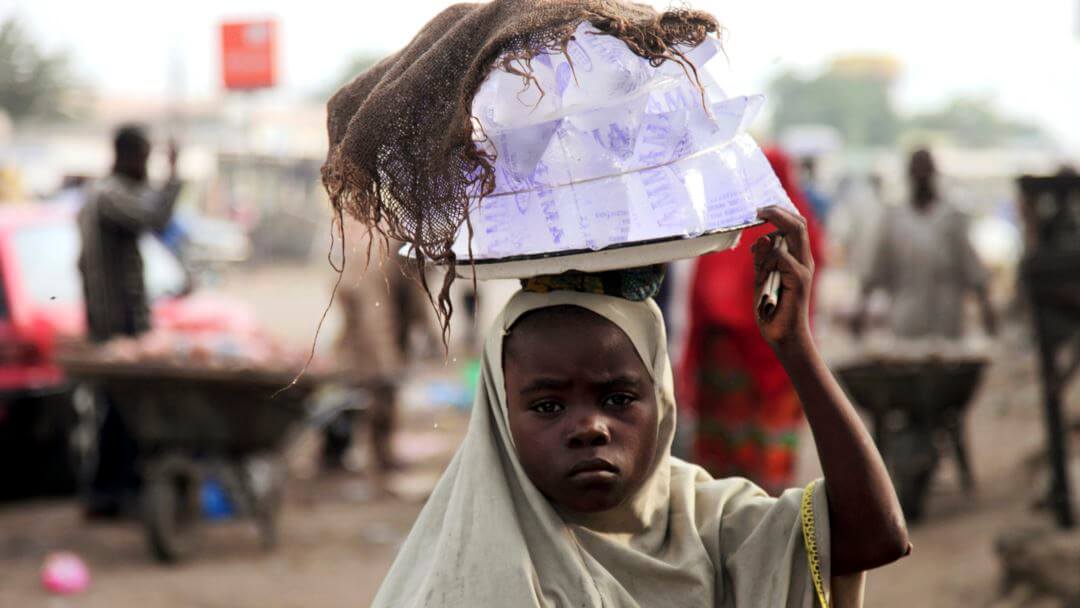138 Million Children Still Engaged In Child Labour – ILO, UNICEF

The International Labour Organisation (ILO) and the United Nations Children’s Fund (UNICEF) say at least 138 million children remain exploited for labour globally, with 54 million of them in “hazardous” work, despite a global pledge to end child labour by 2025.
A report, titled “Child Labour: Global Estimates 2024, Trends and the Road Forward,” was released on Wednesday ahead of the International Day of Play and the World Day Against Child Labour, observed annually on 11 and 12 June, respectively.
Child labour refers to exploitative and harmful activities that interfere with a child’s education, health, and general development.
According to the report, “In 2015, the world made a promise to end child labour by 2025 in Target 8.7 of the Sustainable Development Goals (SDGs). That timeline has now come to an end. But child labour has not.”
It added that the figure represents a decline of more than 20 million since 2020, reversing a previous spike recorded between 2016 and 2020.
Reacting to the report, ILO Director-General Gilbert Houngbo said he is optimistic that the findings of the report offer hope, showing that progress is possible.
According to Houngbo, “Children belong in school, not in labour. Parents must be supported and have access to decent work so that they can afford to ensure that their children are in classrooms and not selling things in markets or on family farms to help support their family. But we must not be blindsided by the fact that we still have a long way to go before we achieve our goal of eliminating child labour.”
Also speaking, UNICEF Executive Director, Catherine Russell, highlighted the need to expand social protection and legal support in eradicating child labour.
“The world has made significant progress in reducing the number of children forced into labour. Yet far too many children continue to toil in mines, factories or fields, often doing hazardous work to survive.
“We know that progress towards ending child labour is possible by applying legal safeguards, expanded social protection, investment in free, quality education, and better access to decent work for adults. Global funding cuts threaten to roll back hard-earned gains. We must recommit to ensuring that children are in classrooms and playgrounds, not at work,” she said.
The report also noted that the agricultural sector continues to account for the majority of child labour, making up 61 per cent of the global total, followed by services at 27 per cent, such as domestic work and street vending, and industry at 13 per cent, including mining and manufacturing.
It further stated that regionally, Asia and the Pacific saw the largest drop in child labour prevalence, with the number of affected children falling from 49 million to 28 million. The rate dropped from 6 per cent to 3 per cent within four years.
The report also disclosed that in Latin America and the Caribbean, the rate of child labour remained unchanged, but the number of children affected decreased slightly, from 8 million to 7 million during the same period.
Meanwhile, sub-Saharan Africa remains the region bearing the greatest burden, accounting for nearly two-thirds of all children in child labour worldwide, approximately 87 million. Although the prevalence dropped from 24 per cent to 22 per cent, population growth and persistent crises have kept the overall number static.
The report, however, warned that reduced funding for education, social protection, and family livelihoods could push more children into exploitative work, particularly in vulnerable communities.
It also raised concerns over the dying investment in data collection, which could make it more difficult to track and respond to the problem effectively.
The agencies further stated that child labour robs children of their right to education, limits future opportunities, and exposes them to physical and psychological harm. According to them, “It is largely driven by poverty, inadequate education systems, and lack of adult employment.”
Addressing the issue, the report called for urgent and “dramatic scaling up of action”, emphasising the need to guarantee free and high-quality education for all children up to the legal school-leaving age, which offers a viable alternative to child labour and helps build a strong foundation for decent work in adulthood.
It also emphasised the importance of equipping education systems to support young people, particularly older adolescents, as they transition from school into the workforce, where they are often exposed to dangerous or exploitative conditions.
138 Million Children Still Engaged In Child Labour – ILO, UNICEF is first published on The Whistler Newspaper




